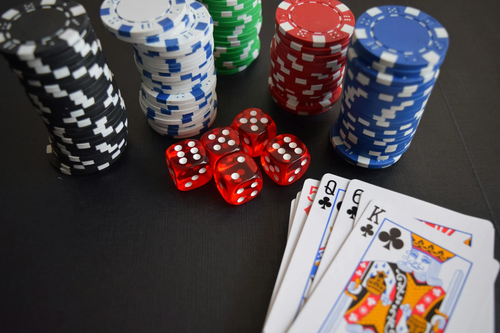Fold equity is a concept that allows poker players to add potential value to their hands by inducing opponents to fold. It represents the likelihood that a bet or raise will force an opponent to fold. This leaves the bettor to win the pot outright. The basic formula for fold equity is straightforward. Fold equity = (probability of opponent folding) * (size of the pot). For example, if there is a $100 pot and the probability of the opponent folding is 40%, the fold equity equates to $40.
Understanding how to calculate and apply fold equity can greatly impact decision-making in poker tournaments. Players can increase their chances of success by accurately predicting their opponents’ likelihood of folding.
Factors Influencing Fold Equity
Several factors come into play when determining fold equity. Opponent tendencies are a primary consideration. Tight players who only play strong hands are likelier to fold to aggression. This increases fold equity. Conversely, loose players or calling stations, who frequently call bets, reduce fold equity since they are harder to push off hands.
Bet sizing is another important element. The size of the bet in relation to the pot can sway an opponent’s decision to fold. Larger bets typically increase the chances of inducing a fold.
Table dynamics also play a role. Players in a favorable position have higher fold equity as they can observe their opponents’ actions before deciding. A scary board that may have hit several completed draws enhances fold equity by making opponents consider the newfound dangers.
Multi-way pots involving more than two players generally see reduced fold equity since convincing multiple opponents to fold is difficult. Thus, efficient use of fold equity in these situations requires more precise bluffing and strategic betting. Understanding how to play poker effectively incorporates these elements to optimize fold equity and overall strategy.
Application in Tournament Poker
Tournament poker presents unique scenarios for utilizing fold equity. Blinds escalate rapidly, and the pressure on players increases. This time constraint forces quicker decisions, and understanding fold equity becomes increasingly valuable.
Players tend to tighten up as the tournament progresses to preserve their stacks and avoid elimination. This behavior typically raises fold equity and allows aggressive players to capitalize through well-timed bets and raises. However, short-stacked players who are desperate to stay alive show predictable patterns that can make it easier to gauge their likelihood of folding.
Practical Examples
Consider a $2/5 cash game where a player has a flush draw. If this player estimates that their opponent will fold 50% of the time to a bet equal to 35% of the pot, the fold equity is calculated as follows: 35% of the pot might be $35 in a $100 pot scenario, and with a 50% fold rate, the fold equity added to the hand is 17.5%. This increases the bet’s profitability.
In a tournament setting, a player might observe an opponent folding 75% of the time to an all-in bet. This high fold equity allows the player to push all in with a wider range of hands than they would otherwise consider. The likelihood of winning the pot without contest boosts the play’s effectiveness.
Advanced Strategic Applications
After the flop, the board’s texture and perceived hand ranges play critical roles in determining fold equity. For instance, certain scare cards that complete possible draws can increase fold equity when a player bets them. Adjusting bet sizes to maximize fold equity without exposing oneself to excessive risk is a skill that separates advanced players from less experienced ones.
Experiments have shown that vulnerable pocket pairs tend to bet to generate folds. The interaction between fold equity and hand strength underlines the need to understand which hands benefit more from inducing folds than seeing a showdown.
In poker, both mathematical precision and psychological understanding are critical. Strategic players learn by analyzing opponent tendencies, adjusting to table dynamics, and leveraging fold equity to maximize their chances of winning. Strategies like these ensure a competitive edge that will guide them through the complexities of tournament poker.




